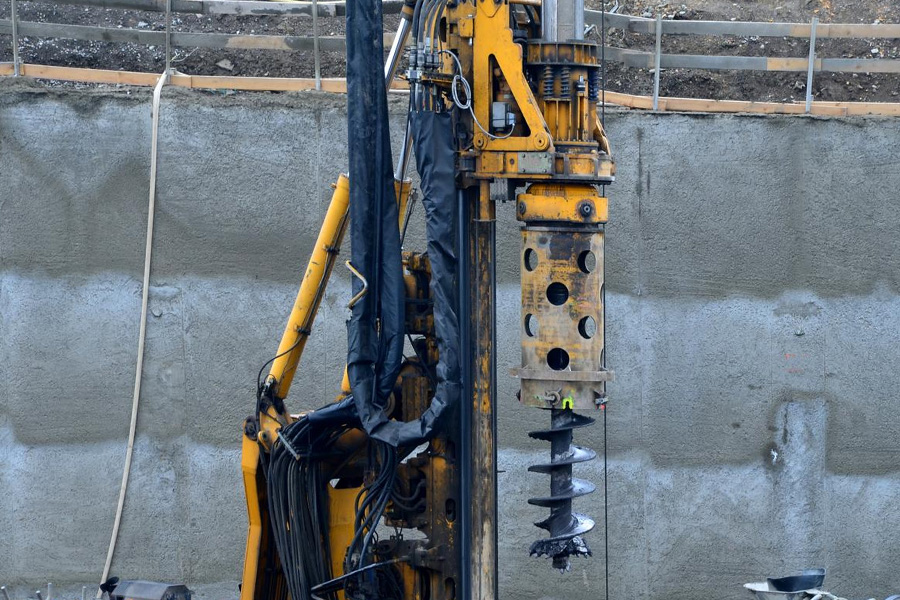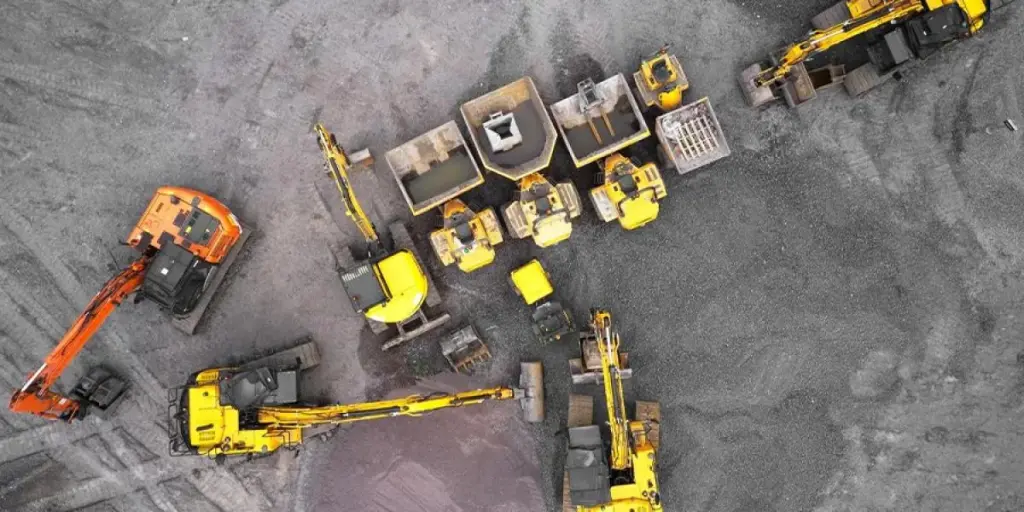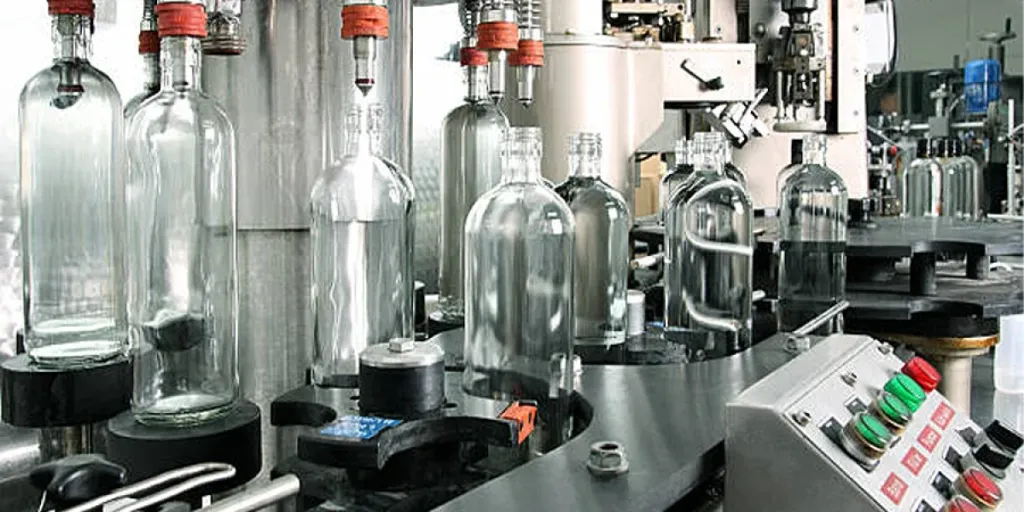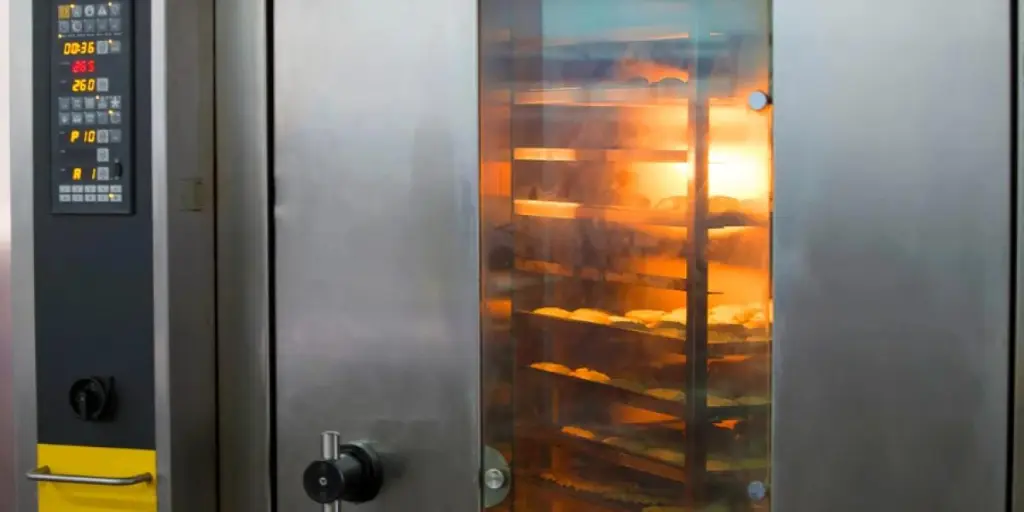Mining machinery selection is a crucial aspect of production planning. Poor selection can immensely impact the total production rate, as well as the value of a mining project.
Mining machinery for surface mines typically costs more than all other facilities. Loader fleets are the primary equipment for mines, and they are responsible for the transportation of ores and waste products (these are among the primary activities in a mine).
There are fundamental problems involved in the selection process of mining machinery. These problems are influenced by factors such as the scale of the mining operation (that is, the area to be covered during mining operations), the complexity of the operations being carried out, and the duration of the mining operations.
These problems, though unavoidable, can be managed to reduce the hassles involved in mining machinery selection. So read on for a guide to selecting the right mining machinery to increase mine yields and productivity.
Table of Contents
Essential mining machinery
Equipment selection problems
How to select mining equipment
Conclusion
Essential mining machinery
Several machines are employed to complete duties on the many surfaces where mining activities occur. This has resulted in an increase in the demand for mining machinery, with a market value for such equipment estimated to be about US $133 billion in 2021.
Mining equipment is divided into many types following the operations they are used for. The exact tool to be used will depend on the substance being mined. Regardless of the material being treated, the classifications do not change.
The following is a list of essential mining equipment organized by category:
Drilling equipment

All mining techniques begin with drilling. Drillers make subterranean tunnels using various techniques, including rotary, reverse circulation, directional, air-core, percussive, and electro methods.
Miners can conduct exploration, excavation, and sinking of oil wells through these holes. Some models of these drilling machines utilize automation technology which allows them to function unmanned; others, however, would need a human operator to function efficiently.
Loaders

Loaders in mining industries are mobile machinery used to convey materials to different locations on the site. These machinery are designed to operate in rough terrain and within confined spaces.
Both surface and underground mines utilize these loaders for transportation and waste disposal.
Blasting machinery
Surface and subsurface obstructions are demolished using blasting equipment. These obstructions can be rocks, stone, ore, or other mineral-bearing material.
Blasting machines were invented to eliminate the need for labor-intensive demolition and excavation on mines.
Crushing machinery
Miners need crushing machinery to pulverize stone, ore, and other excavated materials for further processing. Rock breakers can be used with crushing machinery to squash these materials to more specific grain sizes.
Equipment selection problems
Equipment selection aims to pick groups of functionally similar, though not necessarily uniform, pieces of equipment to carry out a given task.
Equipment selection problems refer to all the complications involved in selecting appropriate machinery for mining operations. Here are some of the key problems:
Non-compatibility with other mining machinery
Consideration of mining machinery parts compatibility with other machinery is essential when selecting mining machinery. Any machine chosen has to meet the general operation requirement and not interfere with the operation of other machinery. This would ensure the smooth sailing of all operations in liaison.
Equipment allocation problems
Equipment allocation problems involve how and where the machinery should be used. It also involves evaluating the most effective distribution methods for the machines (to be selected) to ensure maximum coverage during operation.
Dealing with equipment allocation problems would help minimize total costs and maximize total income.
Inadequate volume capacity (of the machine)
The volume capacity of the machine (to be selected) determines the manufacturing and production rate of the overall project. When the selected machine cannot efficiently handle the production load at the mining site, the overall production rate will be hampered.
Limited budget
Machine prices vary, and sometimes, the stipulated budget is not sufficient to acquire the most needed machinery at the time. The best alternative, in this case, would be to opt for cost-effective machinery that substantially meets the production capacity.
How to select mining equipment
Decide on the most needed machinery after assessment
Mine owners (especially those on a budget) must carefully analyze every aspect of their operation to select the most needed machinery.
The availability of human resources to efficiently handle these mining machinery parts must also be considered when selecting essential machinery.
Set a budget
A budget is an essential aspect of every purchase. It determines the quality and quantity of machinery to be purchased. The mine owner’s financial resources set budgetary constraints for these machines.
For mine owners to avoid going bankrupt after these machines have been purchased, a budget will assist in limiting wasteful expenditures.
Examine leasing versus purchasing
Leasing and purchasing are the two options for acquiring mining equipment. Mine owners should choose the optimum solution for a mine’s budget and operations.
Locate an honest and reliable vendor
It takes great effort to locate a reliable merchandiser for mining equipment. A mining machinery merchandiser should sufficiently understand the operation of a mine since this will enable mine owners to negotiate the best prices for their particular business model.
Applicable materials
Activating and feeding materials are one of the primary functions of mining processes. When there’s no proper control of material flow, the downstream processing equipment will not receive the right amount of material at the appropriate rate. Therefore, as essential parts of the material application process, the mine will need equipment that is rugged and able to withstand the demanding environment.
Processing speed
The ability to extract minerals and ore quicker allows the different units to process material more efficiently. It will also help reduce the retention time required to extract material significantly. When looking for equipment, consider the impacts per minute, energy per revolution, and extraction time.
Conclusion
Having the appropriate mining equipment on board is crucial for effective and efficient operation of a mining project. To learn more about mining machinery and explore what’s available on the market, head over to the mining machinery section on Alibaba.com




